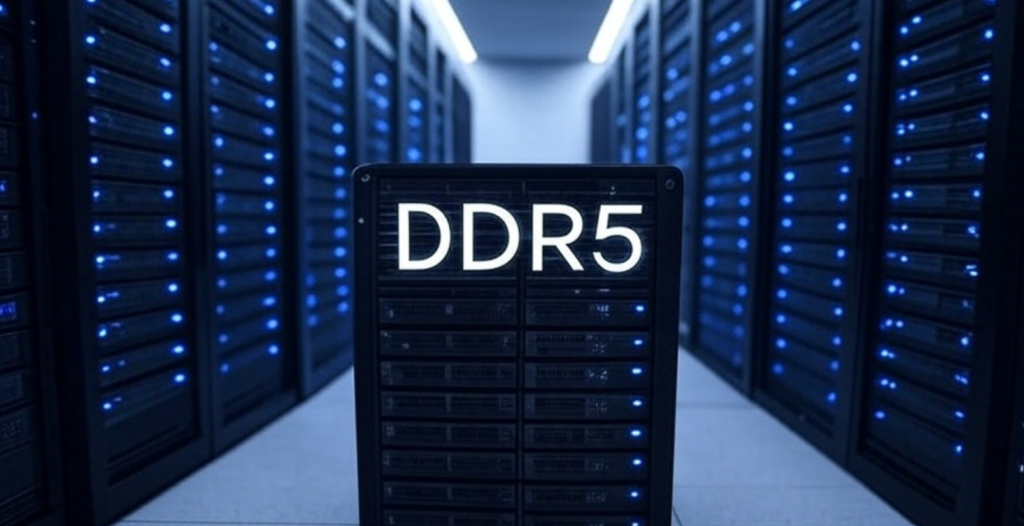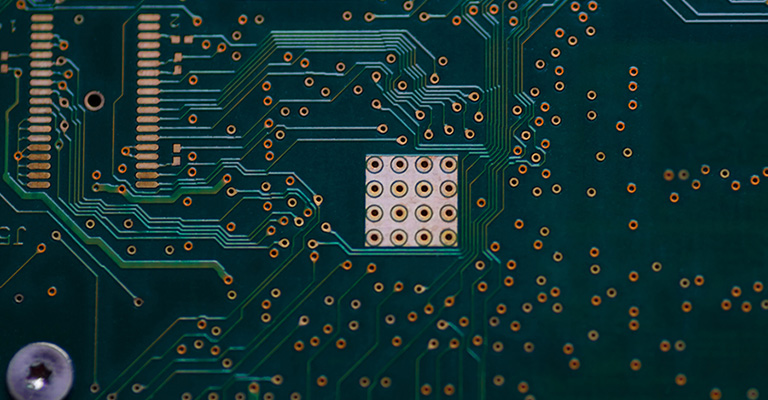Micron’s DDR5 isn’t just fast on paper, it’s been purpose-built to handle the kind of workloads we’re only just starting to see become mainstream.
What Sets Micron DDR5 Apart?
DDR5 RAM, especially from Micron, isn’t just a speed bump over DDR4. You’re looking at double the bandwidth in most setups, but it’s not just about raw numbers. DDR5 runs at just 1.1 volts, compared to 1.2 volts for DDR4, which makes it a lot more efficient, a big deal if you’re running memory-hungry apps all day.
Also, Micron’s DDR5 modules now come with a PMIC (power management integrated circuit) built in to the module itself, rather than being managed on the motherboard. That change alone reduces power fluctuations and lets memory run smoother under load.
They’ve also moved to a dual-channel architecture per DIMM, you’re basically getting two 32-bit channels on the same stick instead of one 64-bit block like you did with DDR4. That gives more flexibility and better throughput when multiple processes are pulling data from memory.
Memory That’s Designed for Specific Jobs
Micron have produced several variants of DDR5 RAM, each suited for different environments:
- RDIMM: For servers, these Registered DIMMs go up to 128GB per stick and are loaded with ECC support. They’re the go-to if uptime and data integrity are absolutely critical.
- MRDIMM: These are high-end enterprise modules that support huge bandwidth and reduced latency, used in things like machine learning clusters or big scientific computing environments.
- UDIMM: These are what you’d use in high-performance desktops and workstations. You’ll see these in builds for video editing, VFX work, and top-end gaming.
- SODIMM: Smaller form factor memory for laptops, still powerful, and still DDR5 speeds, good for mobile engineers or people working on-the-go.
Advanced Manufacturing = Better RAM
Micron’s moved to a 1-gamma (1γ) process node for a lot of its DDR5 production now. What that means in practice is more transistors packed into each chip, using less power to do the same job (and faster too). You get about 15% more performance, around 20% lower energy use, and around 30% more bits per wafer compared to older designs.
That’s not just clever engineering, it means systems built with Micron DDR5 will last longer and deliver better value over time, especially in power-sensitive or high-output environments.
Real-World Gains – Not Just Numbers
On paper, DDR5 looks impressive. In actual systems? Even better. Tests have shown Micron DDR5 memory delivering up to 85% better performance than similar DDR4 setups when running AI inference models, simulation software, or multi-threaded databases.
You also get smoother scaling when adding virtual machines or containers in cloud environments, because DDR5 bandwidth keeps bottlenecks to a minimum. And for creative professionals, faster render times and lower latency when switching apps or loading large assets is a big win.
Micron’s modules have already been validated on major platforms like Intel Xeon and AMD EPYC, plus Dell and HPE server boards, which means less time troubleshooting and more time getting things done.
Deployment Tips (because it’s not all plug-and-play)
If you’re rolling out DDR5, keep in mind:
- Platform matters – Not all CPUs and boards support DDR5, especially ECC or Registered versions.
- BIOS/UEFI updates – New memory often needs firmware updates to run stable, especially at higher speeds like 6400 or 8800 MT/s.
- Use matching DIMMs – Don’t mix different sizes, speeds, or types of RAM unless your system’s been validated for it.
- ECC support – Just because the module has ECC doesn’t mean your CPU uses it, check compatibility.
Why Micron, Specifically?
Micron doesn’t just make memory, they build systems that memory will need to run in. Their DDR5 line is tested to stricter standards than most and built using the same tech they supply to OEMs and hyperscale datacentres. That’s why you’ll find Micron parts in Tier 1 platforms, cloud infrastructure, and top-end engineering workstations.
They were one of the first to bring DDR5 to market in large volumes, and their commitment to high-capacity modules (like 96GB and 128GB RDIMMs) makes them one of the only real options for people who need serious density.
Micron DDR5 RAM is a major leap forward for performance, reliability and long-term scalability. With speeds up to 9200 MT/s, better power use, and a wide range of validated platforms, it’s memory you can actually rely on.
If your business, workflow, or workload needs more bandwidth or less latency, or you just want to stop your render queue from grinding to a halt, DDR5 from Micron should be your first call.
Contact our experts today to discuss Micron Solutions: https://exertisenterprise.com/micron/

